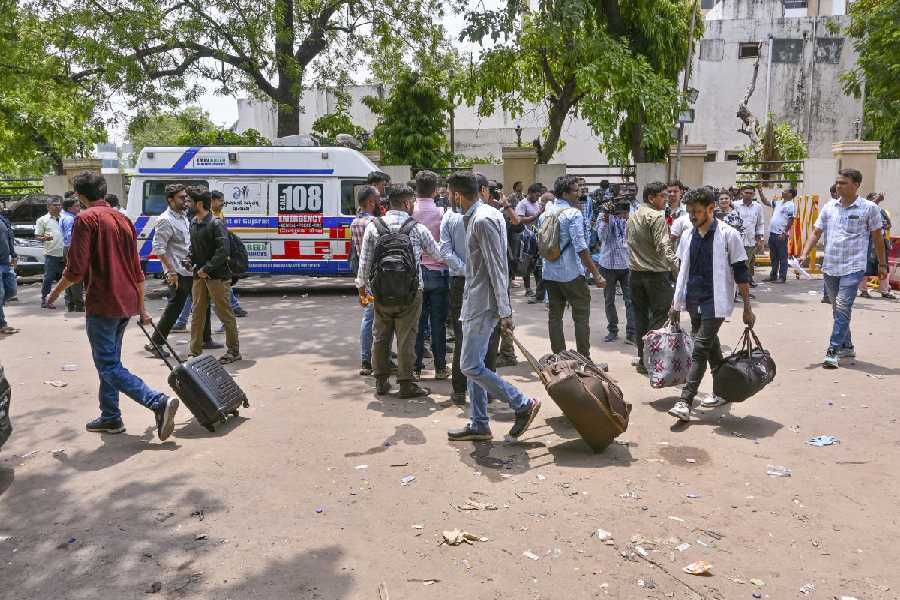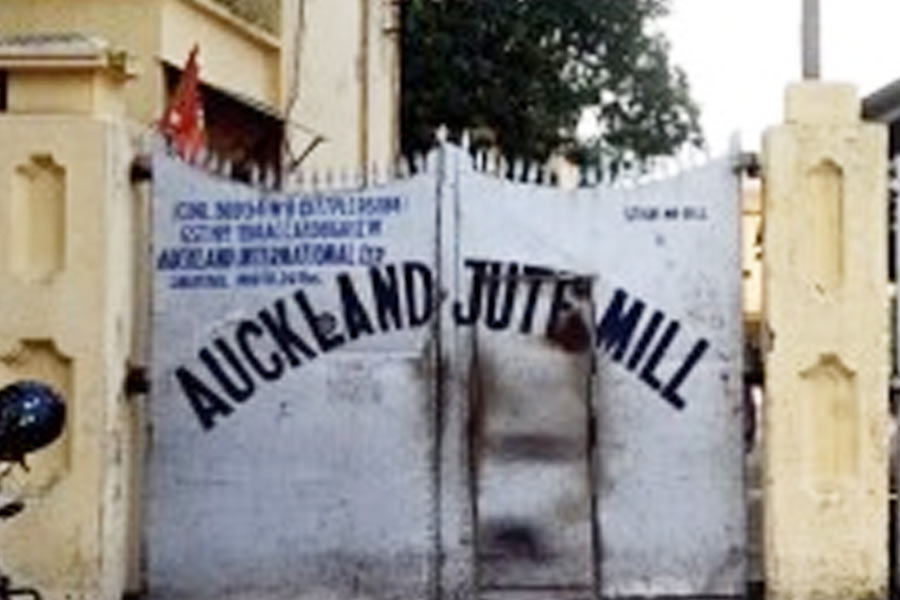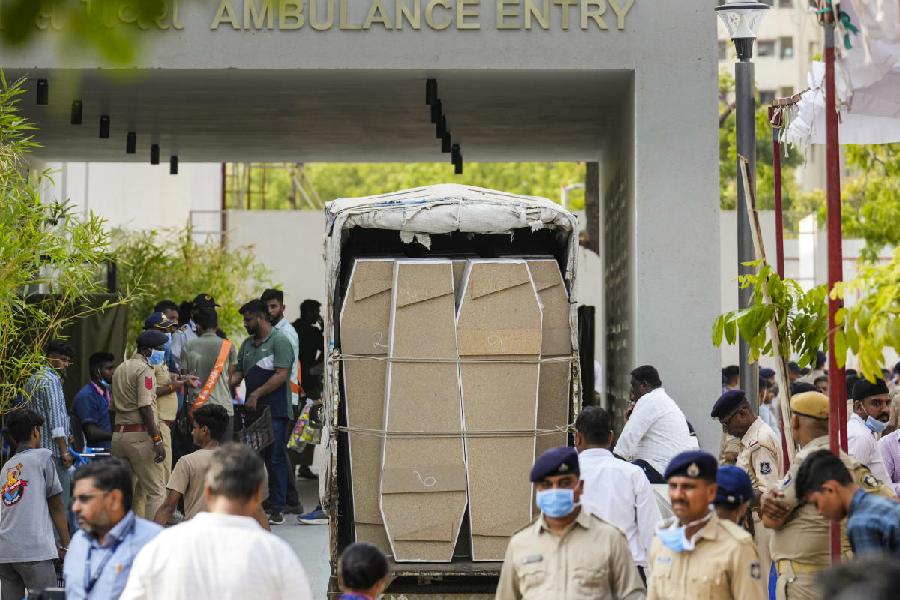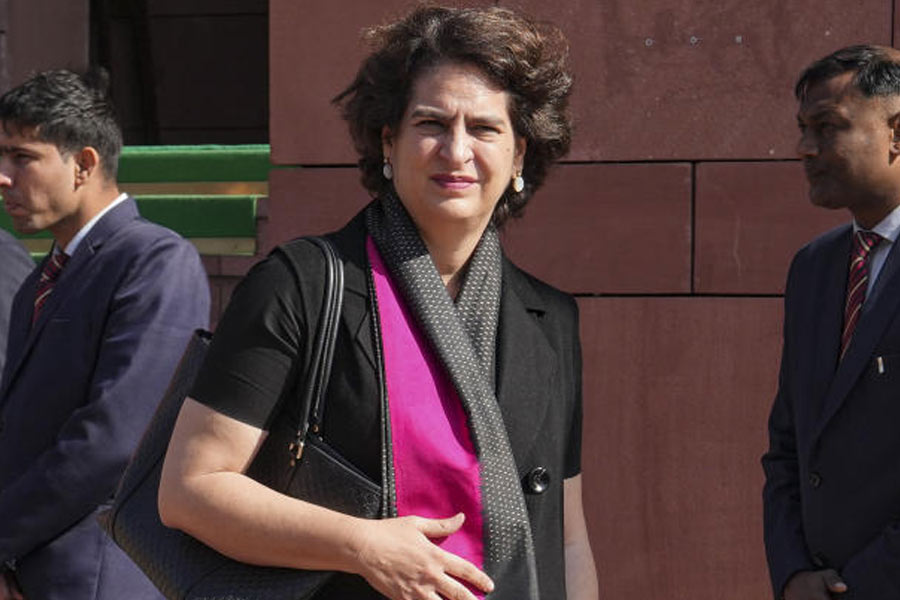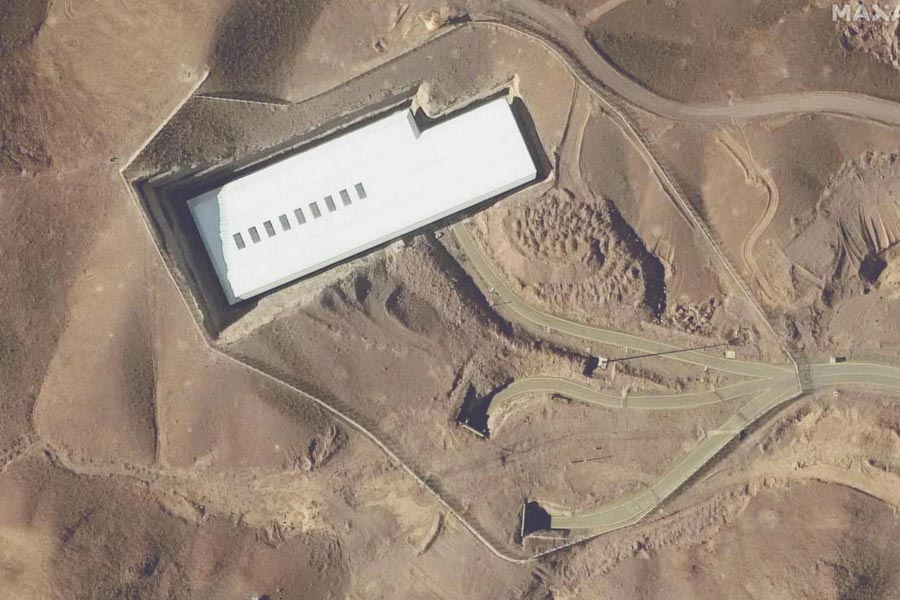 |
 |
 |
 |
| Dokra artefacts and Phulkari work that will be on display at Art in Life in CIMA Gallery from September 15. Pictures by Rashbehari Das |
A riot of colours for your wall and wardrobe — that’s what Art in Life, the annual exhibition by CIMA Gallery, promises to offer Calcuttans just before the Puja.
The exhibition that picks on one particular region of India every year focuses on Punjab this time. And when it comes to Punjab, the colourful Phulkari work that forms the state’s craft signature is clearly the main attraction.
“We decided to focus on Punjab this time, but sadly the state doesn’t have a very rich crafts heritage. The only thing we found interesting was the Phulkari work. Unlike most other states of India, Punjab doesn’t have any typical metal or wood work,” observes Pratiti Basu Sarkar, chief administrator of CIMA Gallery.
The exhibition is on at the gallery at Sunny Towers (adjacent to Birla Mandir), from September 15 to 28, from 11 am to 8 am.
The vibrant pieces of fabrics with intricate embroidery can be used as wall hangs, throws on furniture, dupattas and shawls. You can also tailor them to make skirts and jackets. While some of the pieces on display are 20-25 years old, others are modern, lighter pieces commissioned by CIMA. “Phulkari work is very rich and fine. To contemporise it for modern use, we commissioned some pieces with lighter embroidery,” explains Pratiti.
While the lighter pieces start from around Rs 4,000, the heavier ones go up to Rs 14,000 (approx). There are stools and floor cushions decorated with Phulkari work, too.
The focus on Punjab, however, ends with Phulkari and beyond that is a rich variety of craft forms carefully handpicked from the country over. “Though we focus on one region every year and showcase the best of that region, we also show a variety of artefacts from other parts of India,” explains Pratiti.
The show-stealer is a range of polished dokra pieces from various parts of Bengal and Bastar in Chhattisgarh — idols of Durga, Jagaddhatri and Ganesha, tribal motifs, temple decorations like statuettes, bells, lamps and other showpieces such as bullock carts, rickshaws and more. A piece with a Durga statuette on a boat catches the eye. There’s another one where Durga with her family is depicted on the cover of a jewellery box.
“While traditional dokra has a matte finish, these days craftsmen innovate and lend a shine to it through polish to suit modern tastes,” explains Pratiti. Another innovation is carbonising dokra, seen on a set of statuettes of a tribal couple with a kid. Another eye-catcher is a nagordola made of traditional lustreless dokra, priced at Rs 15,000.
Many of the 70-something dokra pieces have been created by master craftsman Rameswar from Bengal. The dokra pieces start as low as Rs 200 for a small lamp and go up to around Rs 55,000.
Tribal masks from North Dinajpur, used in dance performances, find place at the exhibition. Also on offer is an exquisite array of brocade bedspreads, woven by CIMA’s own set of weavers in Varanasi. Suitable picks as wedding gifts and “very popular with foreigners”, these come for around Rs 7,000. “All our pieces in every section are created by master craftsmen,” reveals Pratiti.
The well-stocked costume jewellery section at the gallery is a popular draw every year and this year promises to be no different. Housing the latest in junk jewellery — long neckpieces with beads and stones, chunky bracelets, rings, a variety of earrings and much more — this section offers trinkets for as low as Rs 10. There’s another corner dedicated to sparkling silver ornaments and semi-precious stones.
South Indian metal work, wall hangs with dashabatar cards from Bishnupur, carpets, dhurries, natural fibre handbags made of shitol pati and water hyacinth, matir putul from Bengal and more jostle for attention.
“Art in Life has become a much-awaited show now and since we keep the gallery open even on Sundays, many families make this exhibition their Sunday outing,” smiles Pratiti. The exhibition is usually slotted just before the Puja because this is a time “when people are ready to spend on nice things”.
“I think there’s no division between ‘fine’ art and ‘poor’ craft; we create the division. We see these craft pieces as works of art and so we price them accordingly. We know that there’s a small group of people who can afford them but these works must get their due price,” concludes Pratiti.


